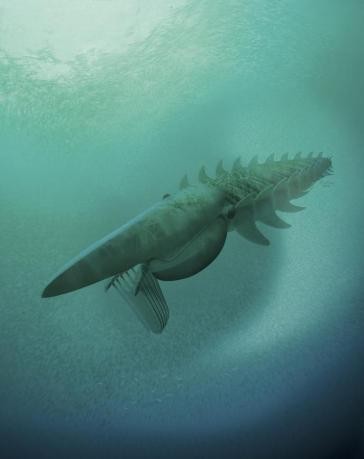Two ancient sea-monster creatures' fossilized brain analysis is guiding researchers in fully understanding how modern arthropods have evolved from its ancestors.
The research published in Current Biology journal is making use of the creature's oval-structured anterior sclerite positioned in the ancient arthropods' head structure. This anatomical part has baffled scientists for years, especially that not all arthropods have it and that its location varies from one creature to the other, depending on the fossil's quality.
Now, the fossilized brain structures have guided scientists in solving the mystery. The anterior sclerites' analysis from both 500 million-old arthropods indicated that the structure in question are associated with the insect family's bulbous eyes. The findings provided proofs that sclerites were directly connected to the nerves that originated in its brain's anterior region.
Javier Ortega Hernandez from the Cambridge University, said, "What we're seeing in these fossils is one of the major transitional steps between soft-bodied worm-like creatures and arthropods with hard exoskeletons and jointed limbs - this is a period of crucial transformation," Daily Mail reported.
It has been thought that the ancient creatures' brains processed information a lot like how today's arthropods do it. Arthropods' brain structures' evolution is crucial for escaping predators, detecting food, and interacting with its environment.
The animals' being analyzed lived during the Cambrian Explosion period when rapid evolutionary milestones happened 500 million years ago. This was also the time when major animal groups came about in the records of fossilized items, including arthropods that have acquired jointed limbs and exoskeletons.
Before the Cambrian Explosion period, most animals that dwelled on Earth resembled jellyfishes and algae, characterized by strange soft bodies.



























